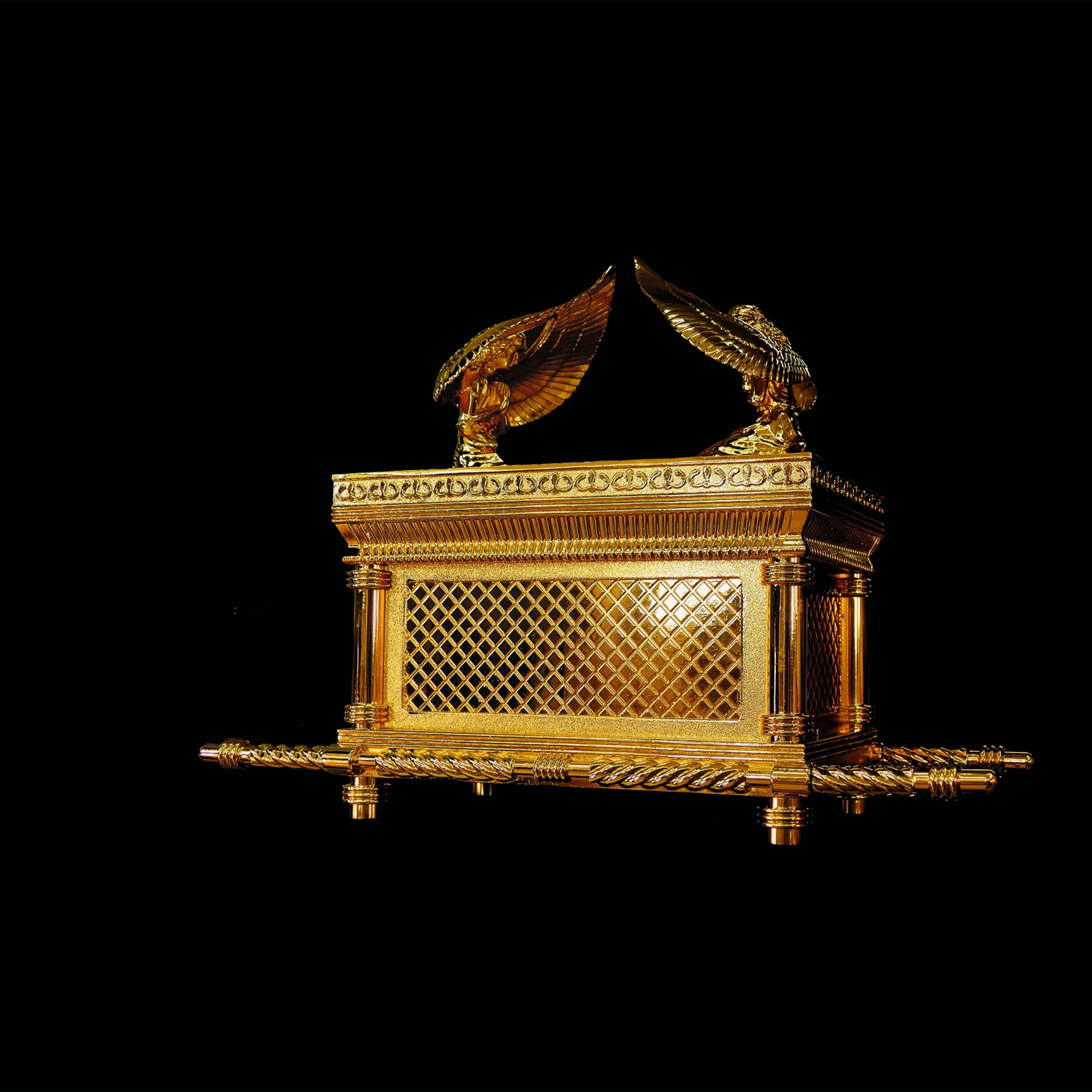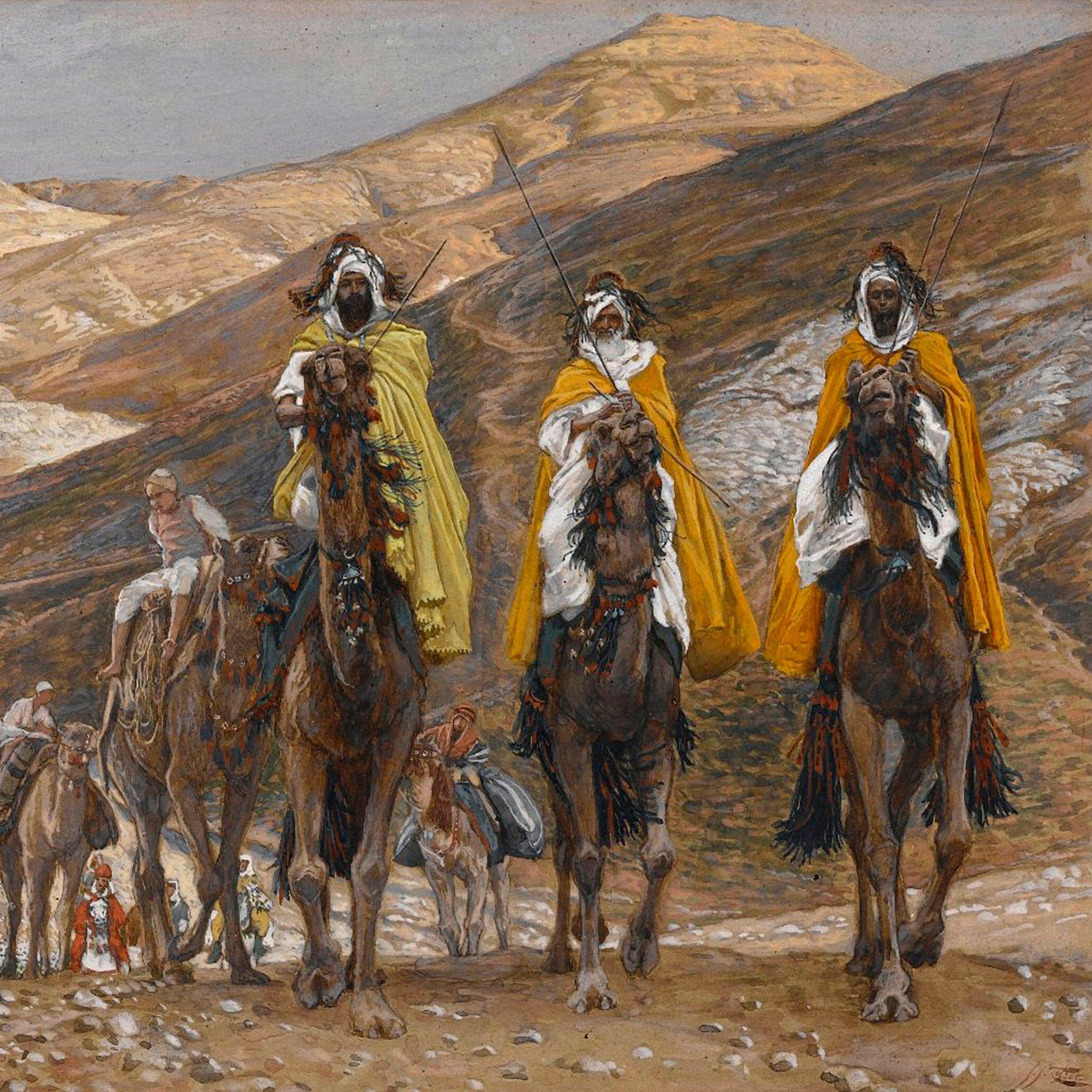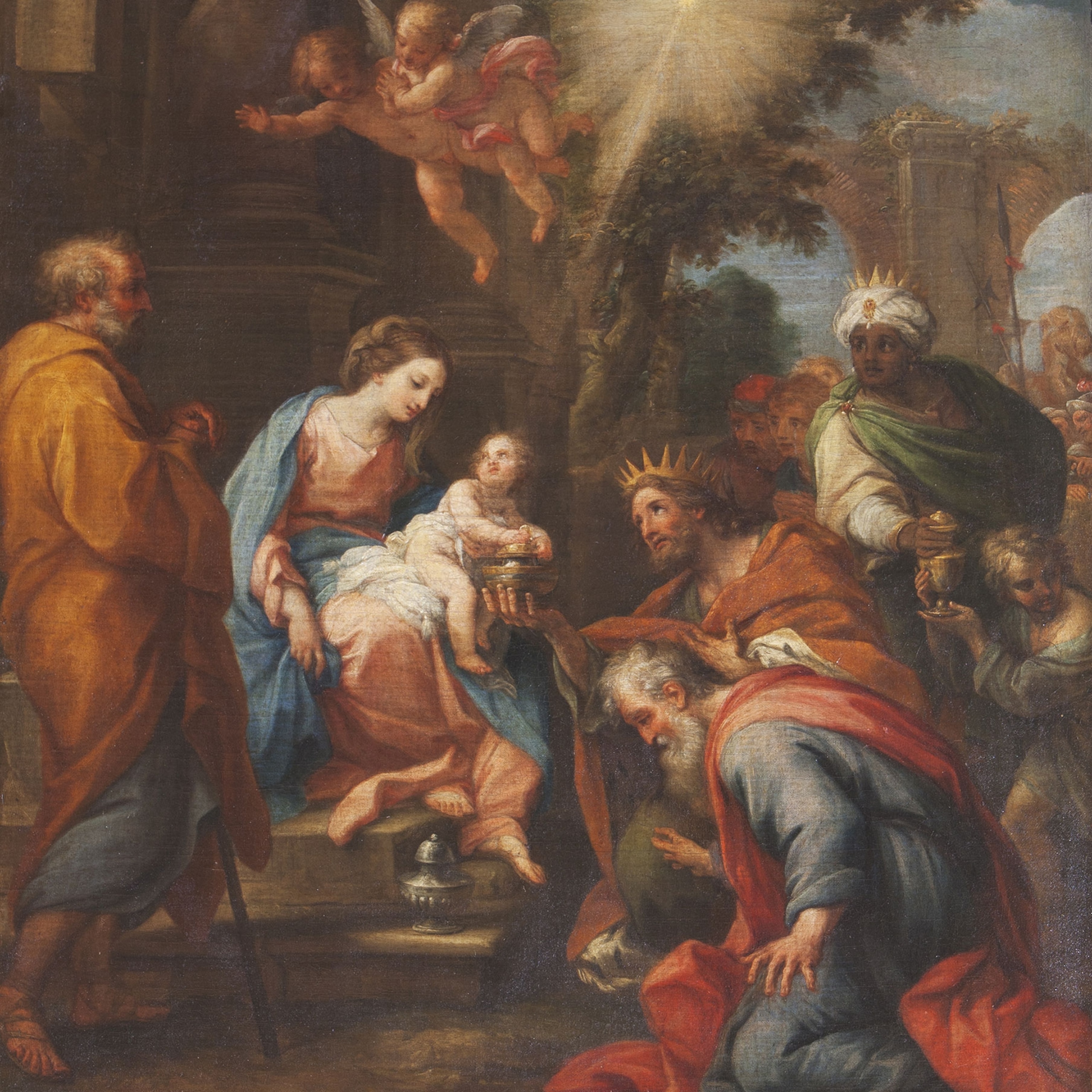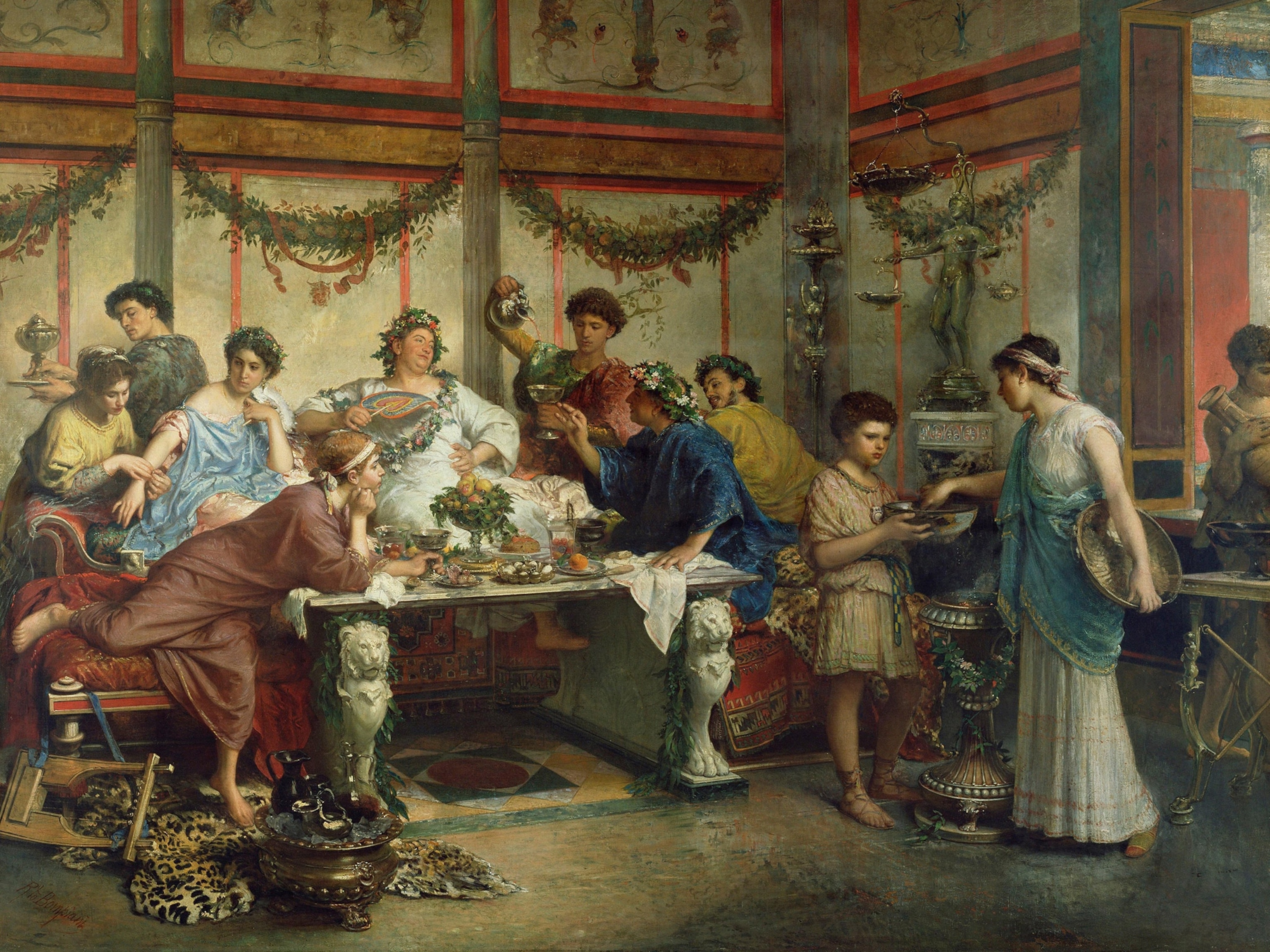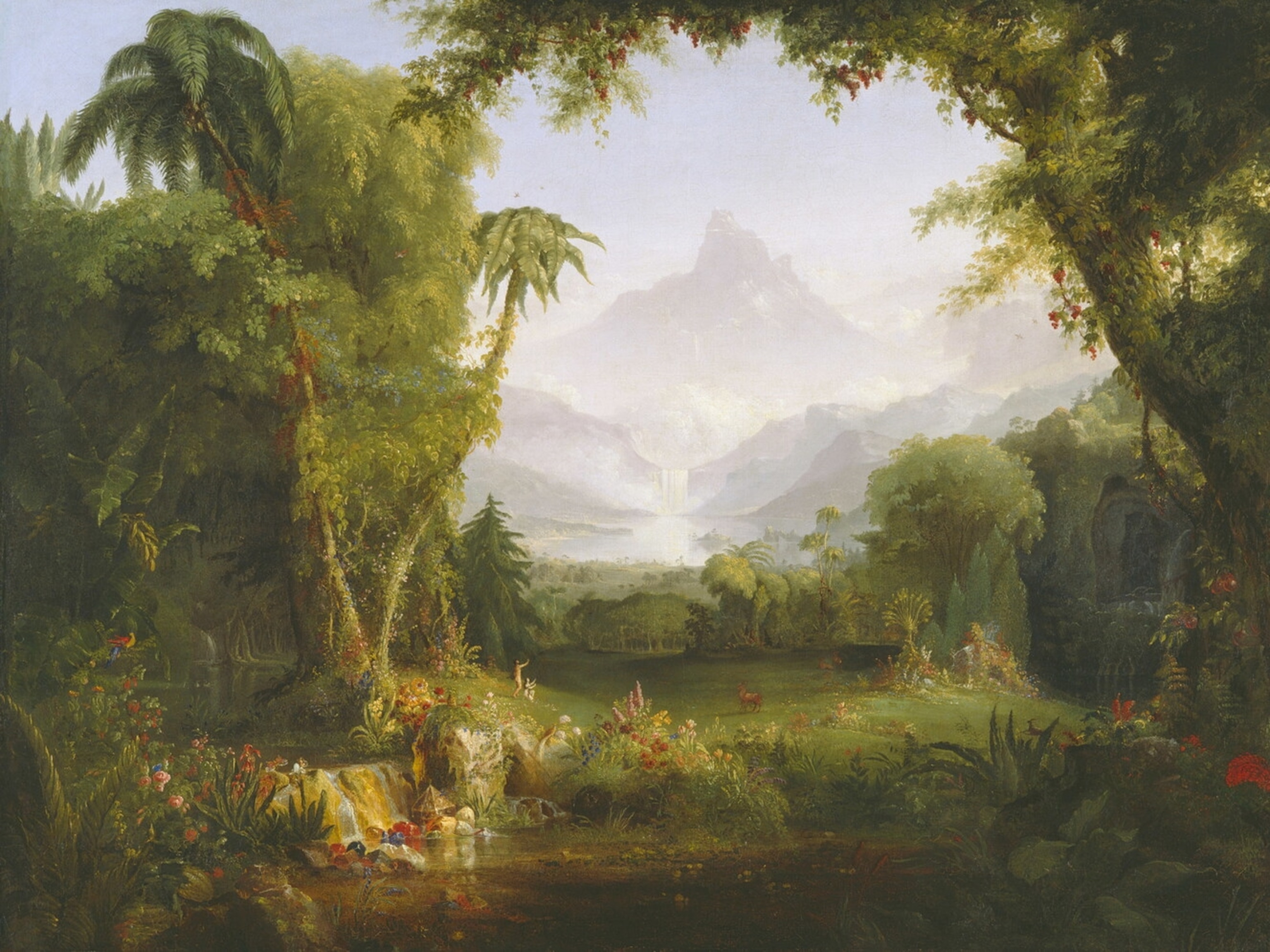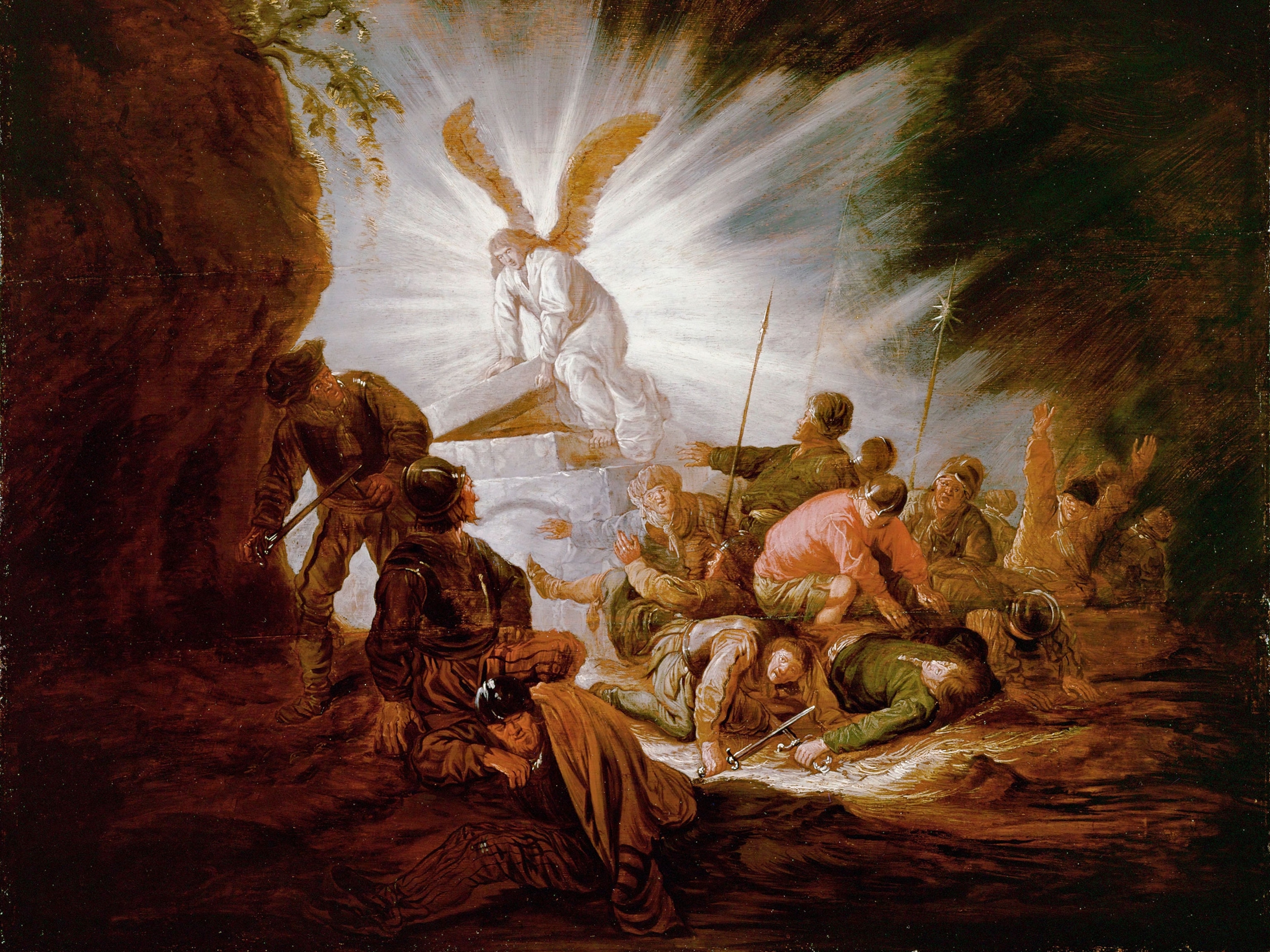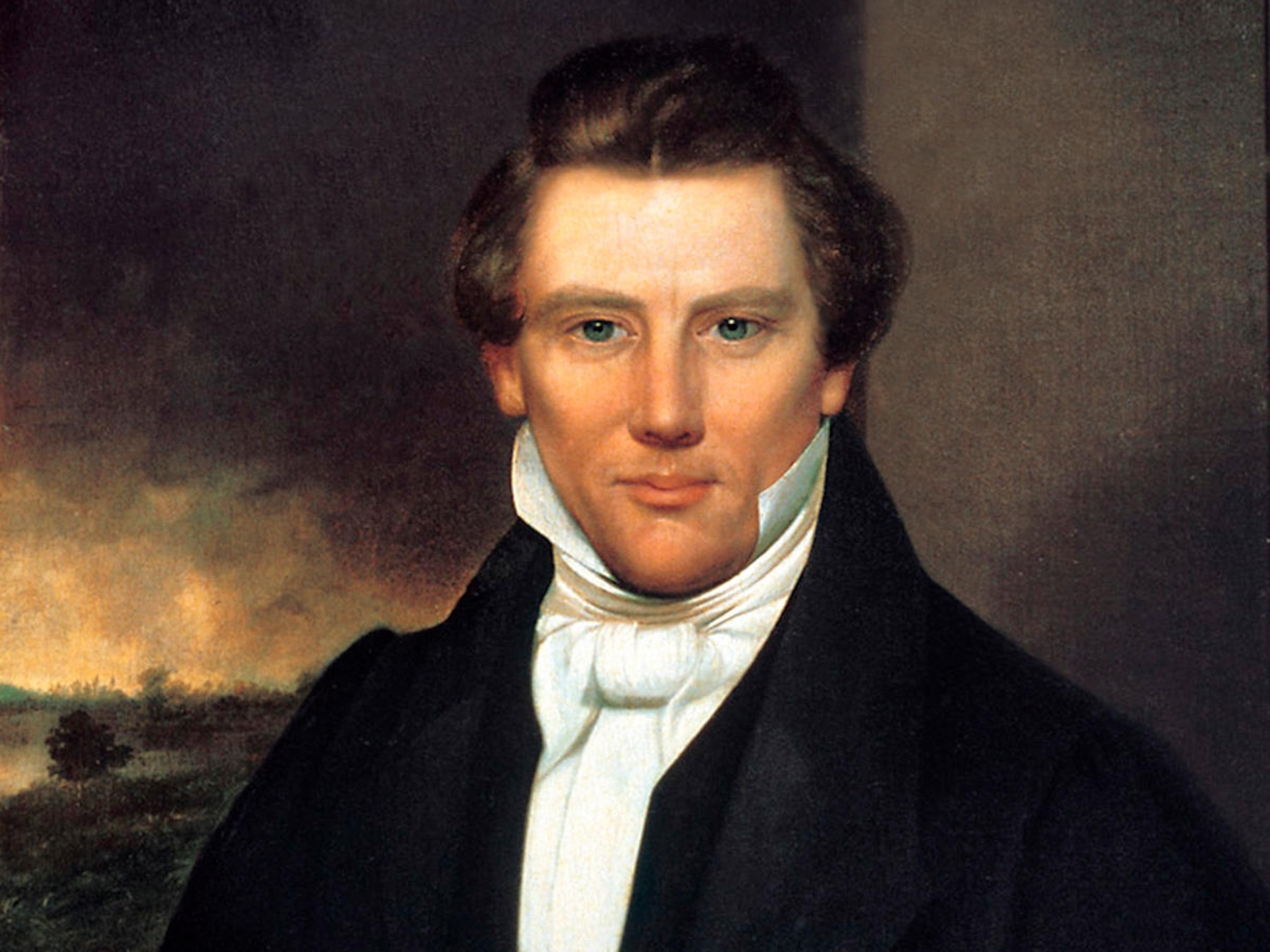
A royal obsession with black magic started Europe's most brutal witch hunts
In the 1590s, King James VI of Scotland's fear of witchcraft began stirring up national panics, resulting in the torture and death of thousands.
During the late 1500s Scotland believed the devil was at work in the land. Locals talked about his ability to raise storms, kill livestock, and spread deadly illness. Satan sought to undermine human society from within and was recruiting secret agents to do his bidding. Those diabolical actors were witches, and the authorities believed they had to be eradicated for the sake of the kingdom.
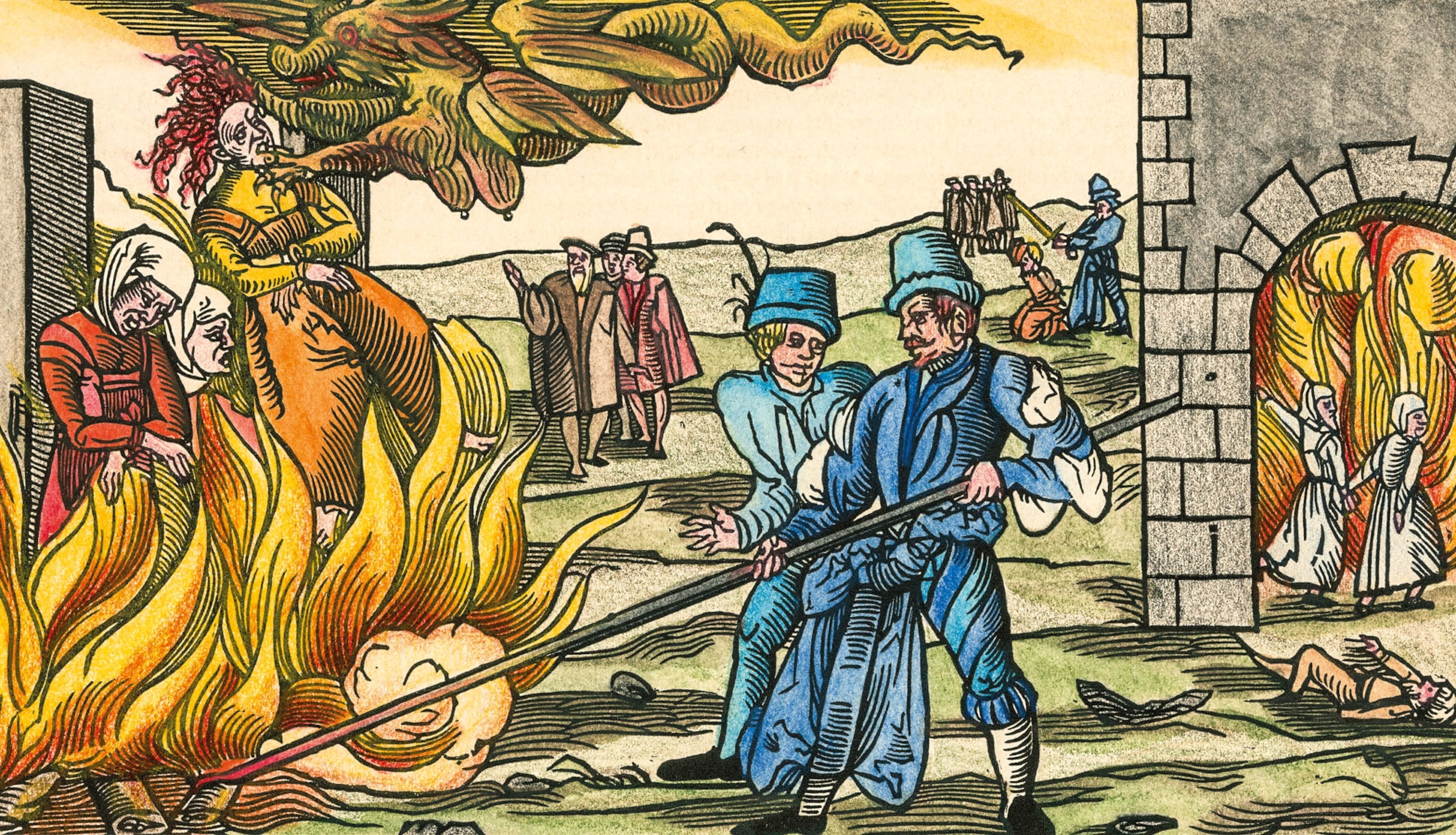
Scotland was not alone in falling victim to witchcraft panics in the late 16th century and first half of the 17th century. Witch-hunting plagued Europe, beginning in the 15th century when the idea that witches worshipped the devil began to take hold. Burgundy, Italy, Switzerland, Germany, and Scandinavia all endured outbreaks of witch panics during this time. After the Reformation divided Europe into Protestant and Catholic in the early 16th century, both sides hunted witches. During this period of religious reform, rulers wanted to prove their godliness. They perceived the unholy and evil as the source of unrest and disorder. (See how Satan and his punishments were depicted in the Middle Ages.)
Witch-hunting could be seen as an extension of the Protestant Reformation as parish ministers and government authorities sought to create a “godly state” in which everyone worshipped correctly, and sin and ungodliness were wiped out. In numerical terms, Scotland’s witch hunts were severe. Between 1590 and 1662, five intense panics erupted across Scotland: 1590-91, 1597, 1628-1631, 1649-1650, and 1661-62. (Watch an animated history of Martin Luther's starting the Reformation.)
As a result of these panics, out of a population of roughly a million people, about 2,500 accused witches, most of them women, were executed, five times the average European execution rate per capita. Scotland’s susceptibility to widespread panic over witches and witchcraft was, in part, determined by the role of one man: the Scottish ruler King James VI, who, following the death of Elizabeth I, became King James I of England in 1603.

The king’s book
Scottish Parliament had criminalized witchcraft in 1563, just before James’s birth. The act made being a witch a capital offense. Nearly three decades passed before the first major witchcraft panic arose in 1590, when King James came to believe that he and his Danish bride, Anne, had been personally targeted by witches who conjured dangerous storms to try to kill the royals during their voyages across the North Sea.
One of the first accused in this panic was a woman named Geillis Duncan, from Tranent in East Lothian. In late 1590 her employer, David Seton, accused her and tortured her into a confession in which she named several accomplices. Duncan later retracted her confession, but by then the panic was well under way.
King James sanctioned witch trials after an alarming confession in 1591 from an accused witch, Agnes Sampson. It was revealed that 200 witches—even some from Denmark—had sailed in sieves to the church of the coastal town of North Berwick on Halloween night in 1590. There the devil preached to them and encouraged them to plot the king’s destruction. After hearing these confessions, even though they had been extorted by torture, King James and his advisers came to believe a witchcraft conspiracy threatened his reign. It must have been alarming, but also gratifying, to have the devil allegedly say that the king was his greatest enemy on earth.
Geillis Duncan and Agnes Sampson were two of many put to death during the first great panic. Although it cannot be said with certainty how many suspected witches were executed during the North Berwick trials, more than a hundred people were implicated.
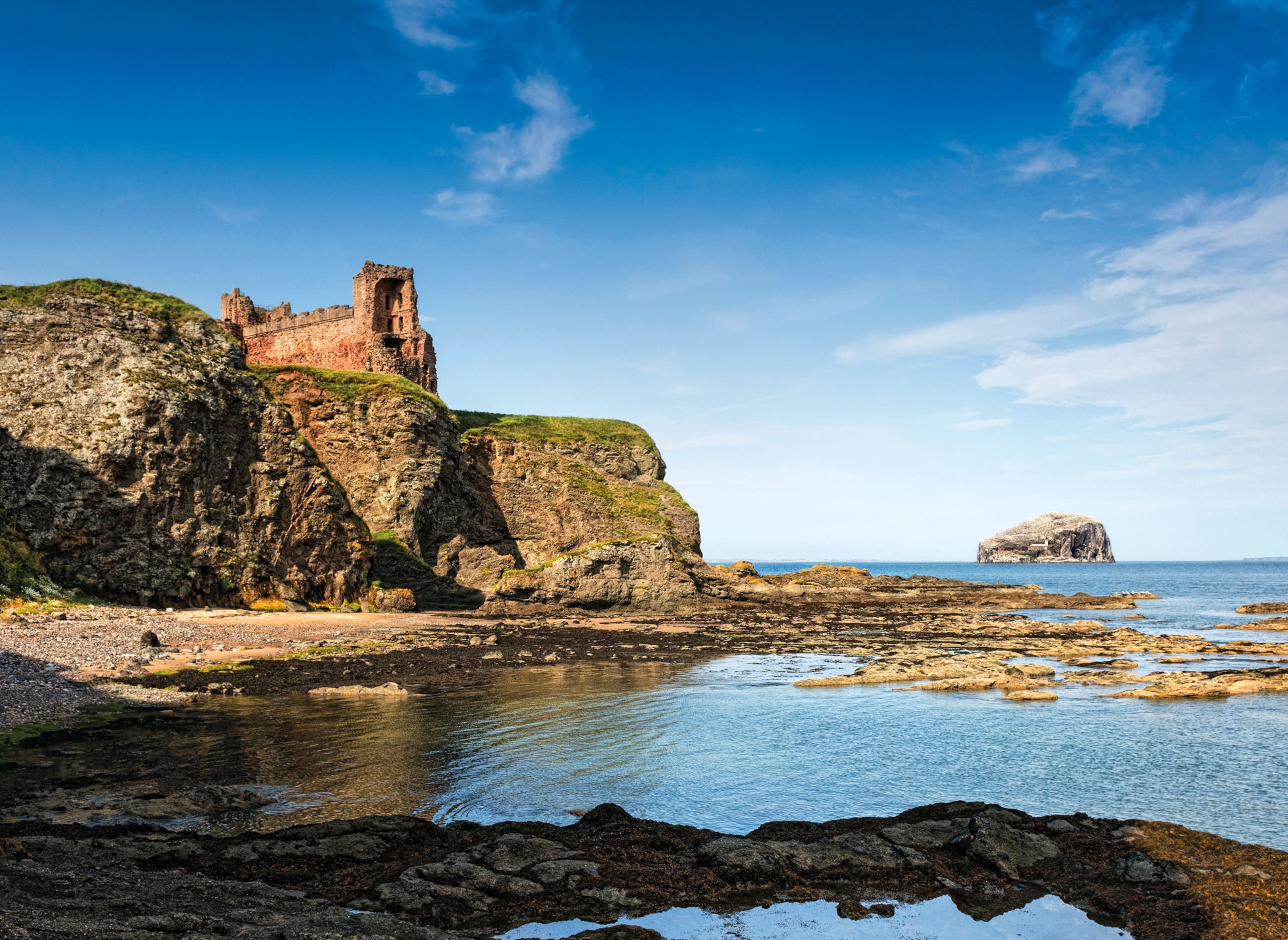
Six years later another panic broke out. Once again, witches were reported to be conspiring against King James personally. A woman named Margaret Aitken, the so-called great witch of Balwearie, claimed a special power to detect other witches, many of whom were put to death on her word alone. This panic halted abruptly when Aitken was exposed as a fraud. This incident embarrassed witch-hunters greatly, and that same year, partly to justify the recent trials, King James published his treatise, Daemonologie. Witchcraft attracted scholarly interest in the 16th century, and the king’s book reflects how James saw himself as an intellectual. (King James VI is also known for this sacred Christian work: the King James Bible.)
Daemonologie explains the way the devil operated in the world. He was the leader of fallen angels, who had become demons. These demons made pacts with people and granted them powers to work harmful magic. According to James’s book, therefore, witchcraft was a secret conspiracy between humans and demons, who were out to do all the harm they could. Against this conspiracy, the faithful’s only hope was to appeal to God—and especially to the God-given powers of kings like James.

Later political events shifted witchhunting away from the central place in James’s worldview of his role as a divinely ordained king. After James succeeded Queen Elizabeth I as sovereign of England in 1603, he faced a new religious opponent: militant Catholics. Catholic conspiracies threatened his claim on the English throne, in much the same way the North Berwick witches threatened him in Scotland. After the Gunpowder Plot of 1605—Guy Fawkes’s plan to blow up Parliament and kill the king—James turned away from hunting witches in favor of rooting out any Catholic conspiracies. (Learn how Guy Fawkes became a symbol of protest.)
From royal to local

Even though King James’s attentions had shifted, ideas about witchcraft had permeated Scottish society. The notion of witches as a demonic conspiracy descended through the lower levels of local government, making the witch hunts of the 17th century local as well as national affairs.
There was a geographical pattern that shows the state’s interest in rooting out witches: Heavy witch-hunting took place in areas near the centers of state power, such as Fife and Lothian. Fear of the devil was at its peak when the state was determined to enforce religious uniformity.
More than half of all Scottish witch-hunting took place during brief but intense periods of panic. In one locality after another, the authorities uncovered evidence of apparent witch conspiracies. Outside the panic periods, by contrast, there were a trickle of cases.
The Realm of James VI
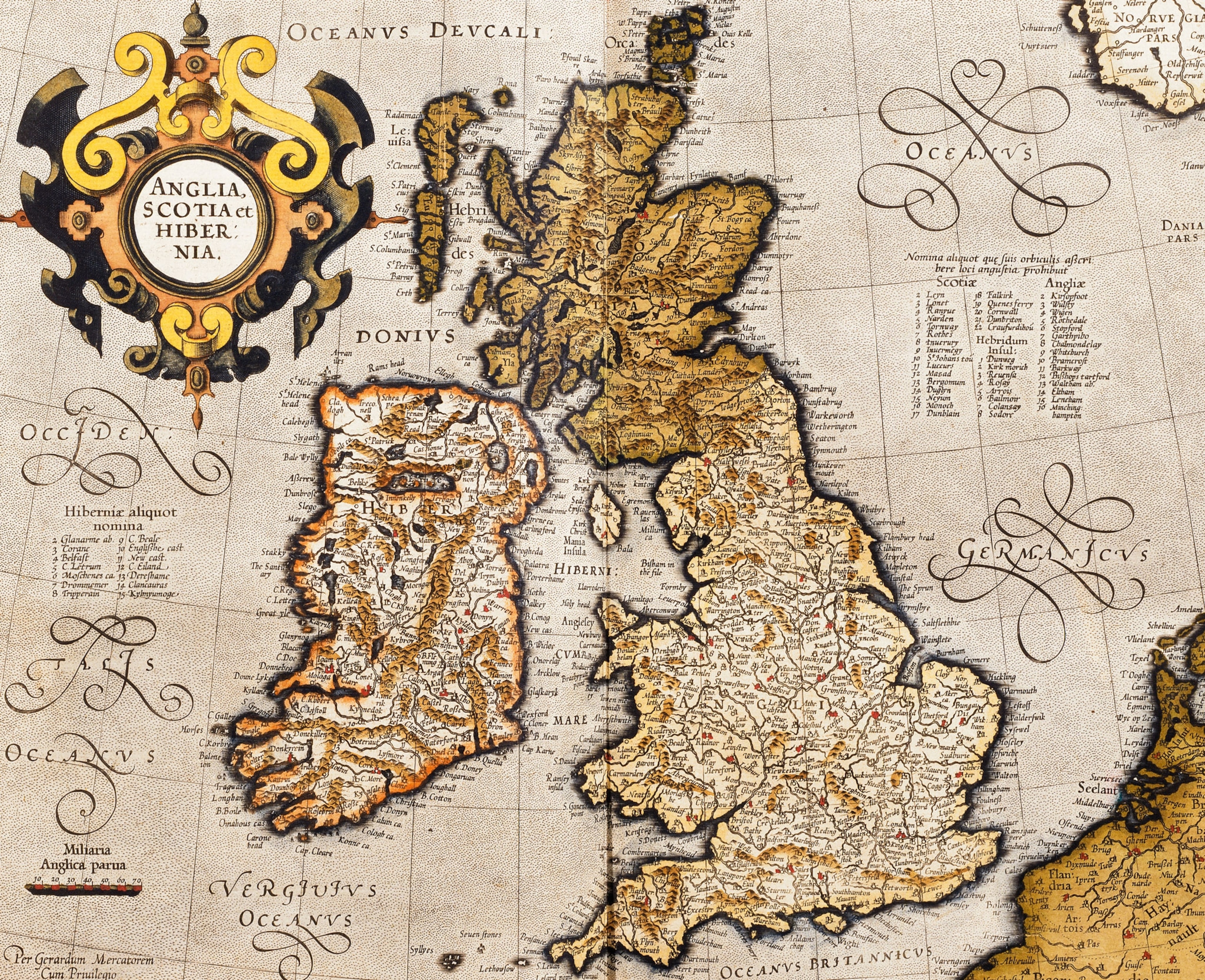
This map of the British Isles was produced in 1595, four years after the North Berwick witch trials. The southern part of Scotland, near Edinburgh, was the area most affected by the witch panics of the 16th and 17th centuries. More isolated areas of the Scottish Highlands, to the north and west, saw fewer cases. In 1603 James acceded to the throne of England as James I and united the crowns.
Most practical measures to weed out witches were taken by the local leaders of Scottish society, the lairds (local aristocrats) and ministers. They formed kirk sessions (parish committees of the church) to supervise the people and to bring them to godliness. Kirk sessions were not criminal courts, but they could arrest and interrogate suspects and pass cases on to the secular authorities. Most offenses that kirk sessions dealt with concerned extramarital sex, which may explain why so many Scottish female witches were accused of sex with the devil.
While many of these incidents began locally, some panics in Scotland had origins overseas. The third nationwide panic began in 1628 and probably spread to Scotland from Germany, which also experienced a huge upsurge of witch-hunting in the late 1620s at the time of the Thirty Years’ War.
The effect of such panics would have been felt at the most local level: In western Scotland, in the parish church of Dundonald, for example, on November 8, 1629,“the minister publicly out of the pulpit . . . did inhibit and discharge all sorts of charming, and resorting to charmers, consulting with wizards, sorcerers, and others of that sort, certifying all and sundry who did so in time coming, they should be . . . prosecuted with death, as for the crimes of witchcraft.”
The accused
The main stereotype of an accused witch was an elderly, quarrelsome female. Often the initial suspects in a panic would be individuals whose neighbors complained of their harmful magic. Once the initial suspects were pressed to name accomplices, however, the latter were accused less of harmful magic and more of having made a pact with the devil. For women, this usually included a sexual relationship with the male devil. The few accusations against men omitted the sexual element. A man had to do something quite specific and rare in order to be charged with witchcraft. As a result, 85 percent of the convicted witches were women.
Physical Evidence
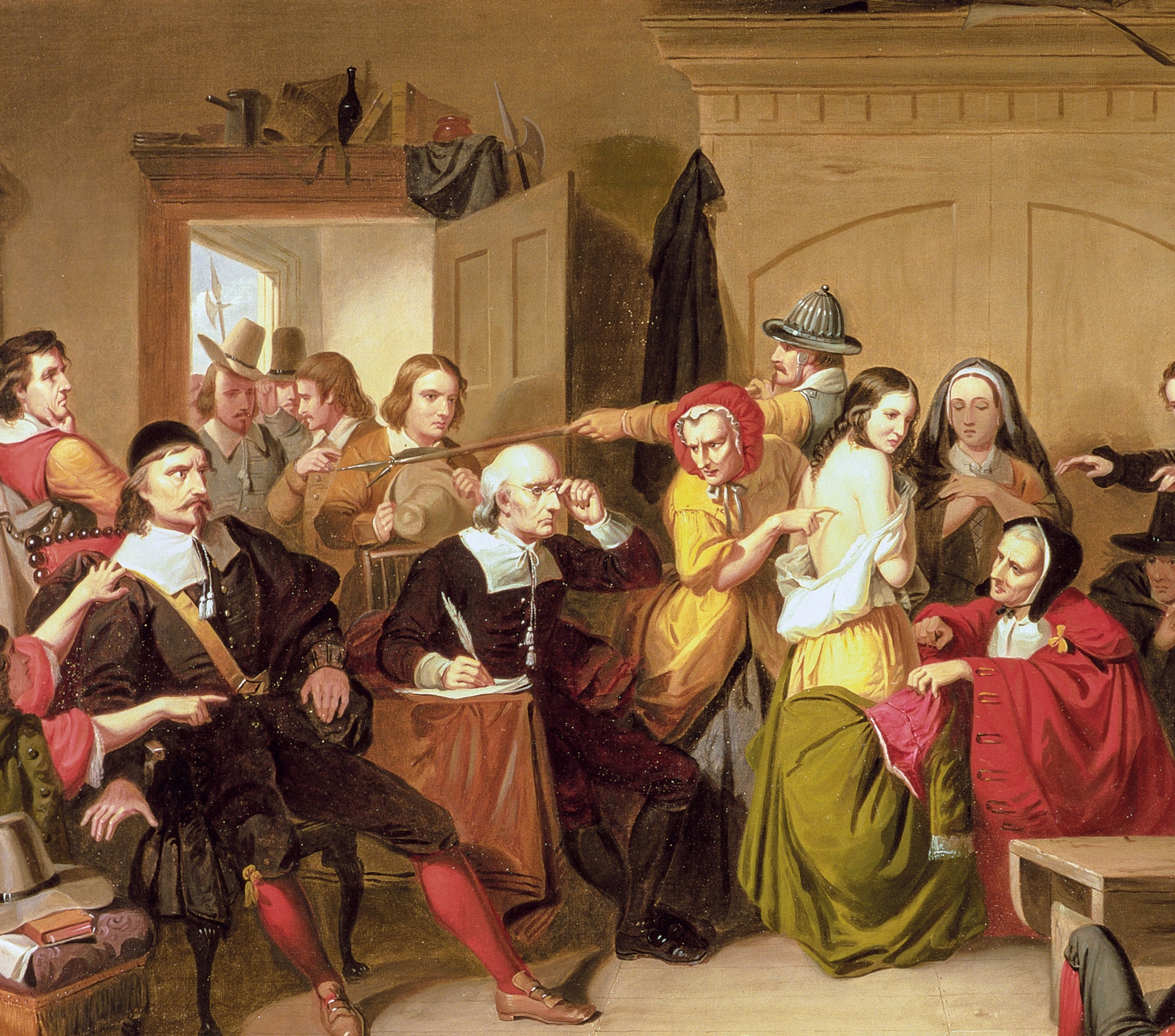
Suspected witches were tried by local courts, but some were sent to Edinburgh for trial. Before trial, evidence was gathered in the locality. Some suspects were pricked to find the “devil’s mark”—a lesion supposedly made by contact with the devil when sealing his pact with a witch. These spots could be mere scars, moles, cysts, or skin tags. Witch-hunters believed pricking them would inflict no pain on the accused, but in practice it was coercive and humiliating, and sometimes induced suspects to confess. Panics could escalate when one suspect was asked about other witches; they could then be hauled in and interrogated in their turn. Across many European cultures, searching for a devil’s mark was a common practice. It was even used by Salem witch-hunters in 1692 in the Massachusetts Bay Colony.
Quarrels were often a source of accusations. Sometimes, villagers did indeed curse their neighbors during a feud, but usually people sought reconciliations. Confessions and neighbors’ testimonies reveal much about quarrels and curses. Katherine Craigie, tried in Orkney in 1640, told her neighbor, who was unwell, “that I prayed ill for you, and now I see that prayer hath taken effect.” Peasants usually did not want their local witches executed. Even so, they didn’t object when the authorities executed them.
Scottish witch-hunting was partly about local quarrels and partly about the elite’s fear of the devil, but some of it was also about magical fantasy. Some people really believed that they could cast spells. However, these spells were generally benevolent. Marion Grant, in Aberdeenshire in 1597, cured sick cattle by casting south-running water on them in the name of the Father, the Son, and Holy Ghost, and “Christsonday,” the name of an angel in folk belief. The interrogators thought that Christsonday was really the devil, showing the culture gap between the common folk and the elite.

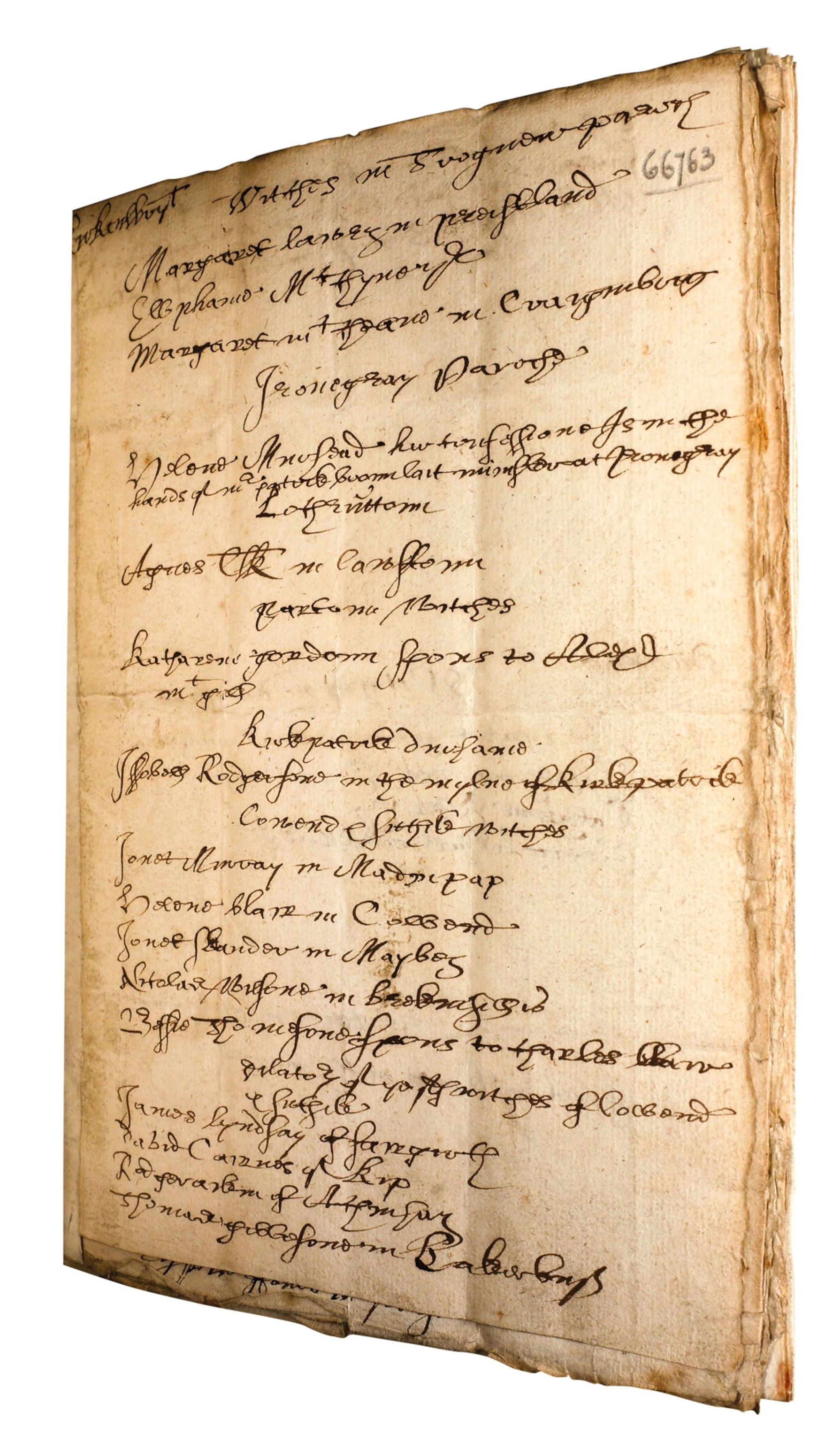
Confessions through torture
Witch-hunters unwittingly created evidence through torture. Panics were created and fueled by torturing suspects and then asking them to name their accomplices. The people thus named could be arrested and made to confess to a pact with the devil. Some confessions also included fantastical elements and told of bizarre experiences. The 1644 trial of Margaret Watson recorded the following startling details:
“Thou hast confessed that ... thou and the rest of the witches dug up corpses of deceased persons, from whom you took members to accomplish your Devilish designs; at your meetings you blasphemed God’s name and you used to drink and dance; Mallie Paterson rode upon a cat, Janet Lockie rode upon a cock, thy aunt Margaret Watson rode upon a hawthorn tree, thou thyself rode upon a bundle of straw, and Jean Lachlan rode upon an elder tree.”
Sleep deprivation was the most common method of torture. After about three days without sleep, not only would a suspect lose the ability to resist their questioners, but they would also start to hallucinate, leading to many confessions that included exotic details like sailing in sieves. These are not sober accounts of real activities; they are fantasies concocted by confused, despairing, and terrified people, searching desperately for the answers that would satisfy their interrogators.
There was no need for such suspects to be convicted of harmful magic if a pact with the devil could be proved by a confession. Because of the perceived societal threat posed by the devil, the courts accepted flimsy evidence. In Scotland convicted witches were burned, as in most European countries. Rather than being burned alive, however, it was the custom in Scotland to strangle suspected witches at the stake first.
Monumental Mystery
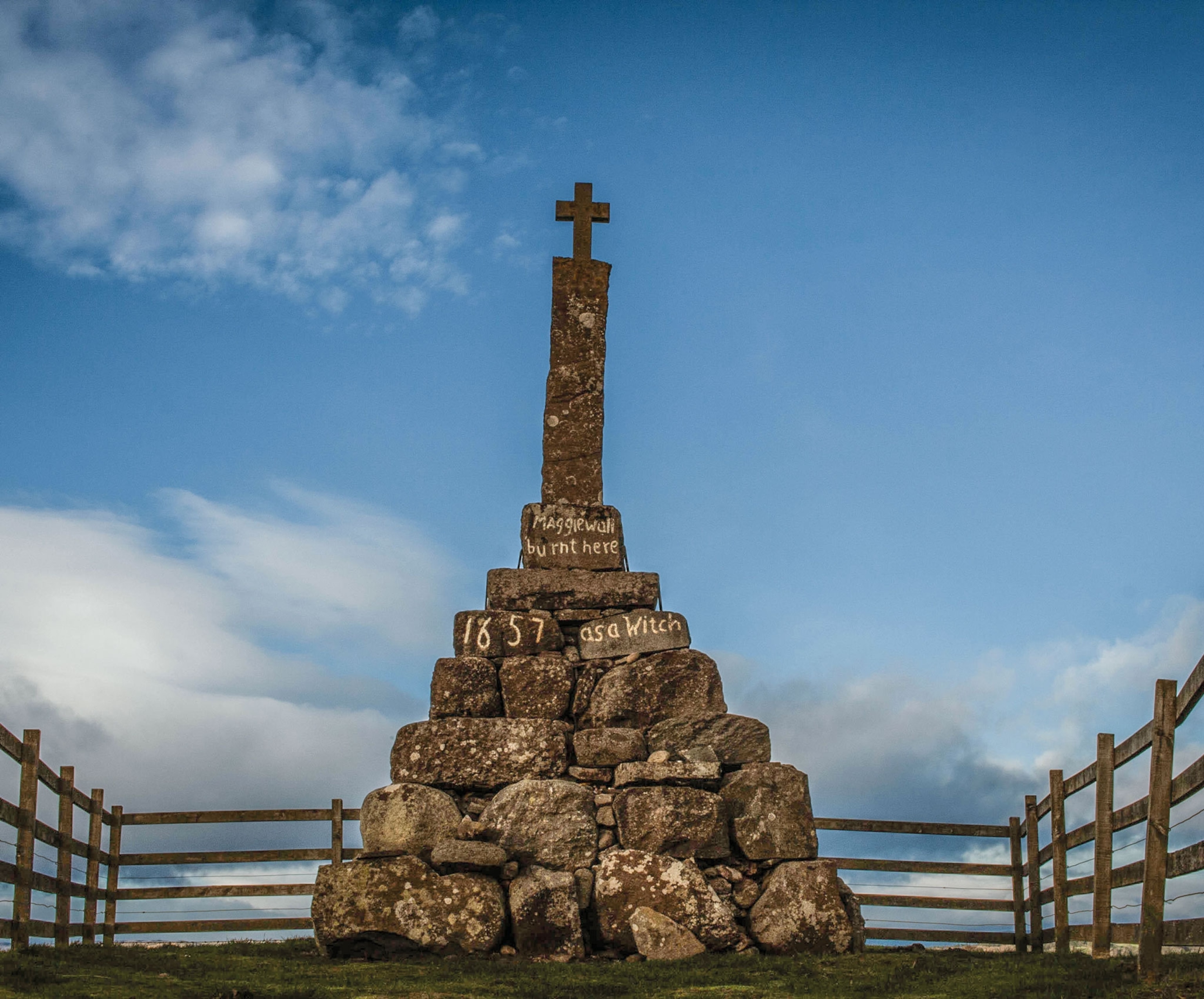
Near the village of Dunning in southern Scotland stands a stone monument, bearing the words, “Maggie Wall burnt here 1657 as a witch.” There are no records of a woman named Maggie Wall being executed during Dunning’s witch trials in the 1600s. Researchers believe this cairn was built later, in the 18th or 19th century. Since then, it has become an unofficial memorial to the thousands killed during Scotland’s witch hunts.
Panics die down
In the late 17th century religious pluralism became more acceptable. New scientific ideas undermined the dogmatic certainty about witchcraft. Courts refused to accept confessions that might have been extorted by torture. Witch-hunting became less vital to the state, and there were no more national panics after 1662.
Local panics still flared up for another half century or so. Scotland’s unique case of vigilante justice occurred in the small fishing town of Pittenweem in the early 1700s. This late episode illustrates what might happen when the populace had been persuaded to fear witches, but the authorities were no longer willing to execute them. Four of the Pittenweem suspects confessed to witchcraft, but then they retracted their confessions. The central authorities in Edinburgh refused to allow a trial, and the suspects had to be released. However, on January 30, 1705, a crowd killed one of the accused women, Janet Cornfoot, by dragging her to the beach, placing a door on top of her, and piling stones onto the door until she died.
Shakespeare's Scottish Witches
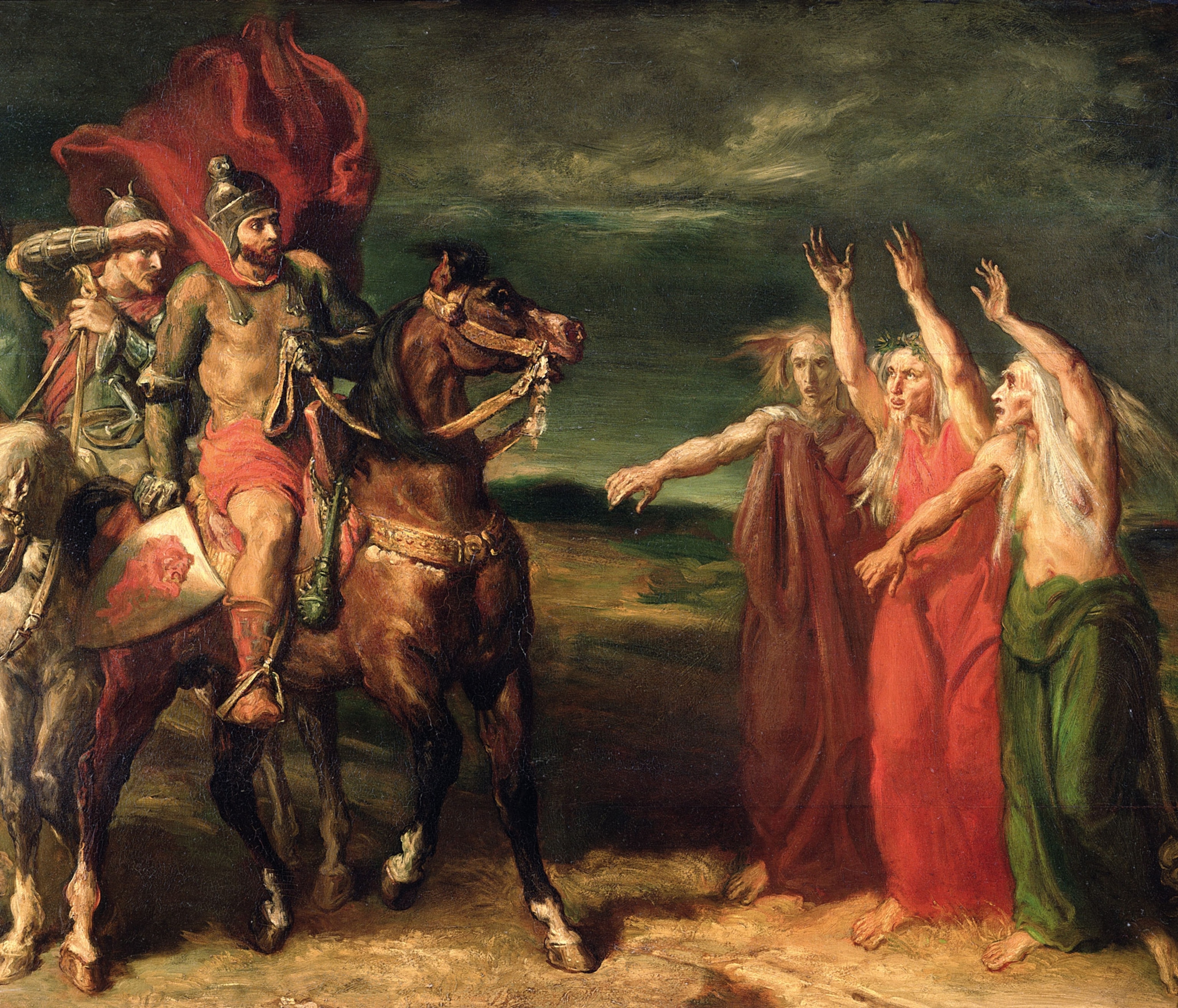
Known as the Scottish play, Macbeth was written by William Shakespeare and first performed in 1606. The tragedy follows a Scottish nobleman’s rise and fall after three witches—also called the weird sisters—tell him “thou shalt be king hereafter.” Macbeth was based on a real, 11th-century Scottish king. Shakespeare got his story from the English writer Raphael Holinshed, who in turn got it from several Scottish chroniclers. The most important was Andrew of Wyntoun, who wrote about 1420. According to Wyntoun, Macbeth saw “three weird sisters” in a dream who prophesied that he would eventually become king. “Weird” was a Scots dialect word meaning “fate,” and “weird sisters” were minor deities like the Greek Fates. Later chroniclers added “a witch” who foretold that Macbeth would not be overthrown until Birnam Wood came to Dunsinane. Shakespeare then streamlined the story by combining the “weird sisters” and the “witch.”
For all the gruesomeness of its mob justice, the Pittenweem case would be among Scotland’s last witch panics. The last execution of all took place in Dornoch in 1727, and in 1736, the British Parliament repealed the 1563 witchcraft statute. Since then some small monuments have been erected to the victims of witch panics in Scotland, but there are calls for a larger, more formal monument to recognize the great injustice perpetrated against the thousands of innocent women and men tortured and killed during the great panics of four centuries ago.

